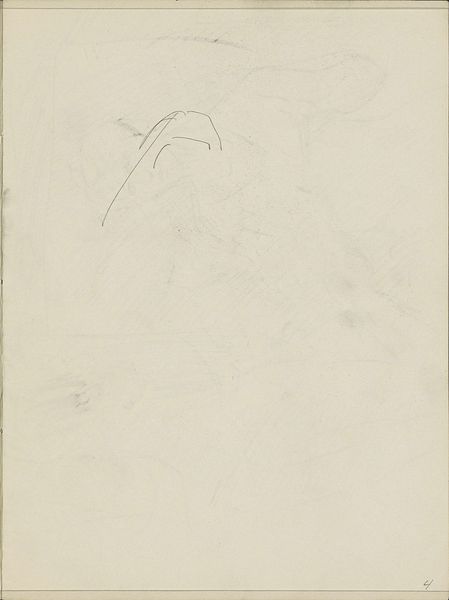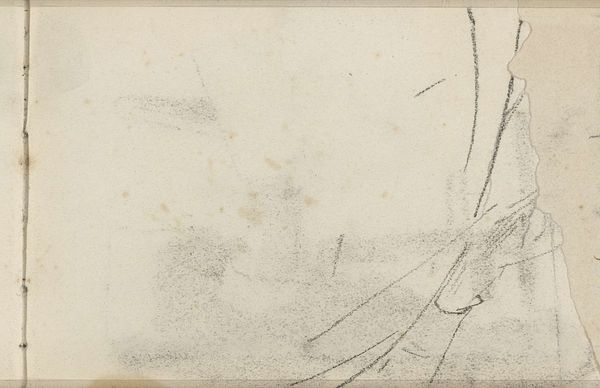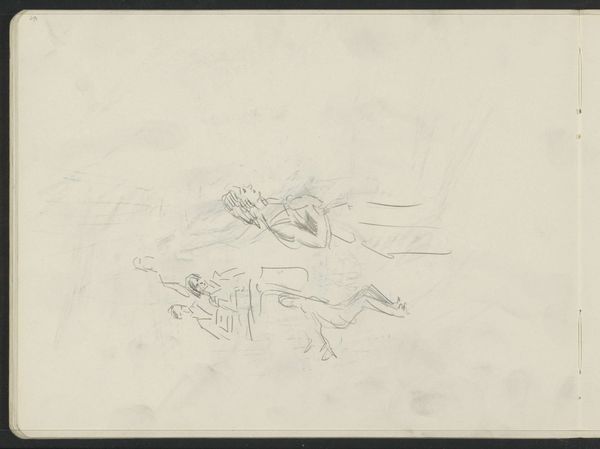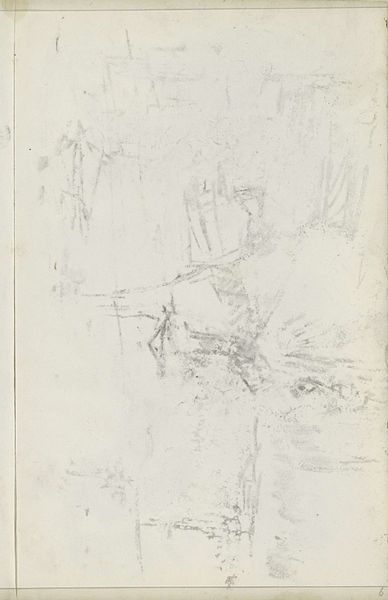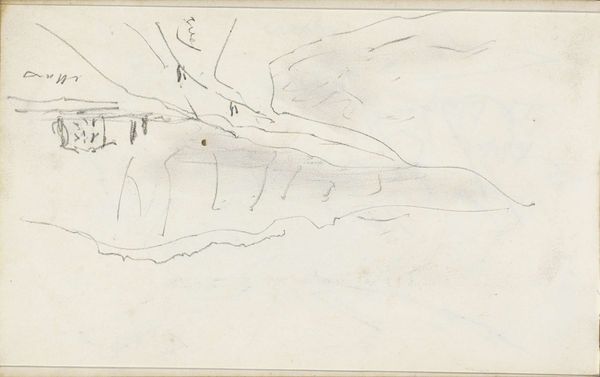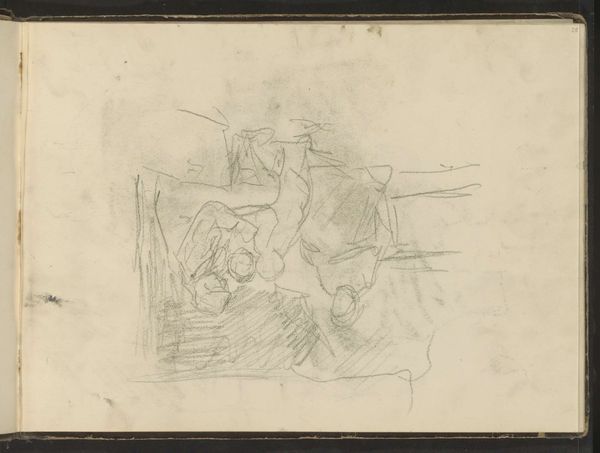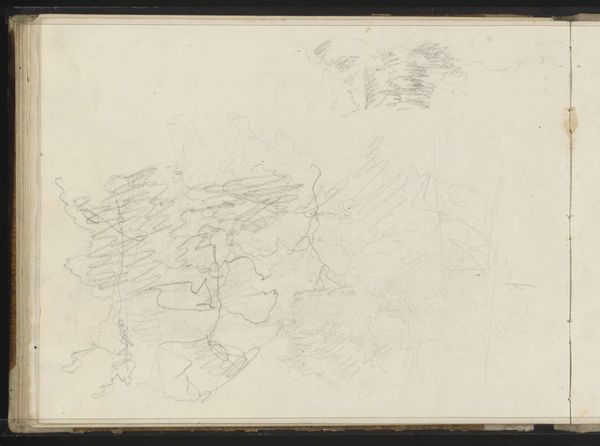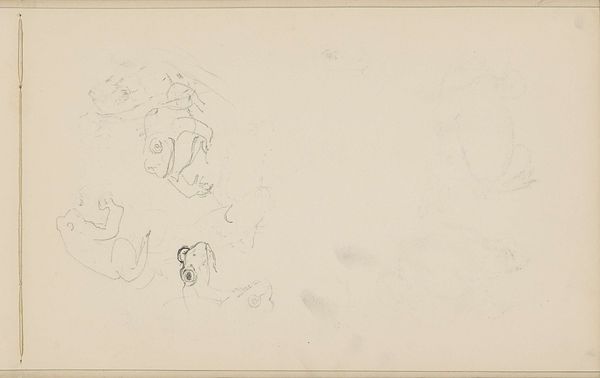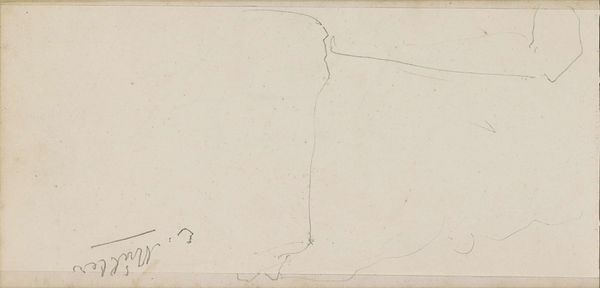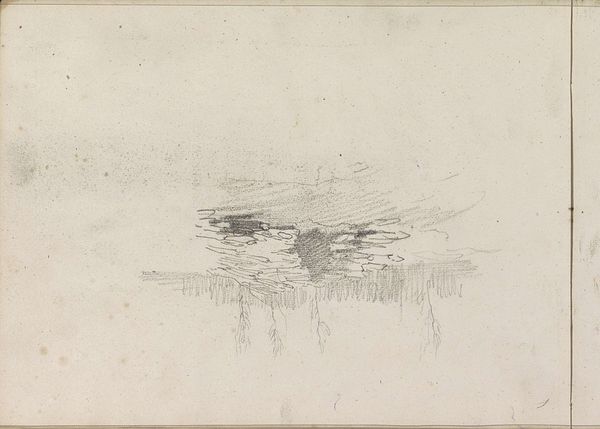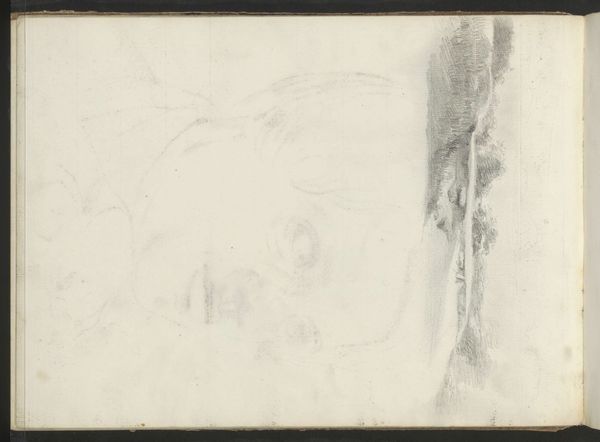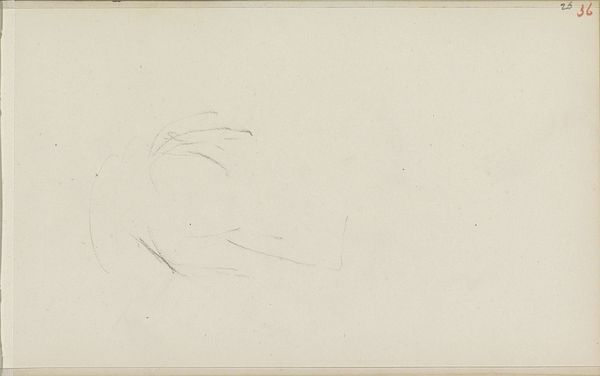
drawing, paper, pencil
#
drawing
#
pencil sketch
#
landscape
#
etching
#
paper
#
pencil
Copyright: Rijks Museum: Open Domain
Curator: Here at the Rijksmuseum, we have Jozef Israëls’s "Landschap met bomen," dating from 1834 to 1911. It's rendered with pencil on paper, a seemingly simple choice of medium to capture a landscape. Editor: The drawing feels incredibly fragile. I'm struck by the fleeting nature of it, like a memory half-formed. You can almost feel the artist's hand moving quickly, trying to catch a moment in time before it disappears. Curator: Absolutely. Israëls, working in a period of great social change, often sought to represent the lives of marginalized communities. While this isn’t overtly a social commentary, think of the role the landscape plays in people's lives, how their existence and work are intrinsically tied to nature. It brings in considerations of class, labour, and belonging. Editor: And if we look at the materials themselves, pencil and paper are quite humble. Pencil, of course, contains graphite, a material mined from the earth. This speaks to the labor and resources required to create even a simple image like this. And, look at how Israëls uses the pencil—varying pressure, quick strokes—he's revealing the process of making the drawing itself. Curator: Good point. Consider how landscapes in art often functioned to establish ownership and privilege. Israëls seems to be taking a different approach. It is like he's trying to get beyond representation of owning nature, perhaps seeing if we can recognize the transient, yet connected, essence of it. Editor: The roughness, even incompleteness of the sketch highlights a connection to the labor, not just a passive appreciation of its beauty. It hints at a material relationship with the land. Was this a study for a larger work, or a reflection upon it? Curator: We can only wonder, but it leads me to thinking about how access to land, to resources, has been historically and continues to be shaped by power. Israëls makes the means visible and that has something interesting to say. Editor: Exactly. This sketch embodies how artmaking, with simple materials, provides space for a very compelling range of inquiry. Curator: It really opens our eyes to so much. The artwork then allows for contemplation of both artmaking processes, the subject matter, and their social implications. Editor: Yes, from labor to landscapes, and a single pencil is the guide.
Comments
No comments
Be the first to comment and join the conversation on the ultimate creative platform.

